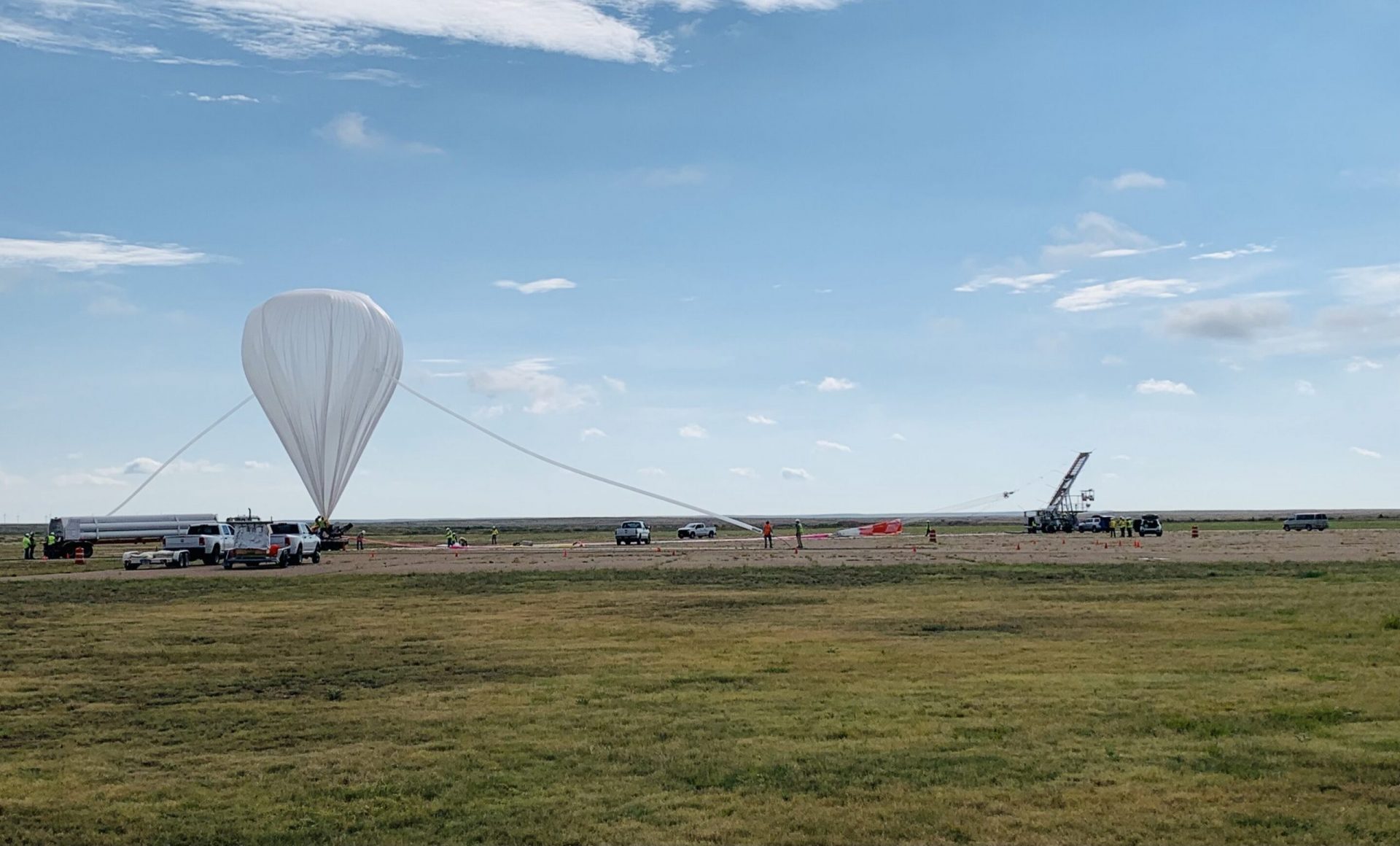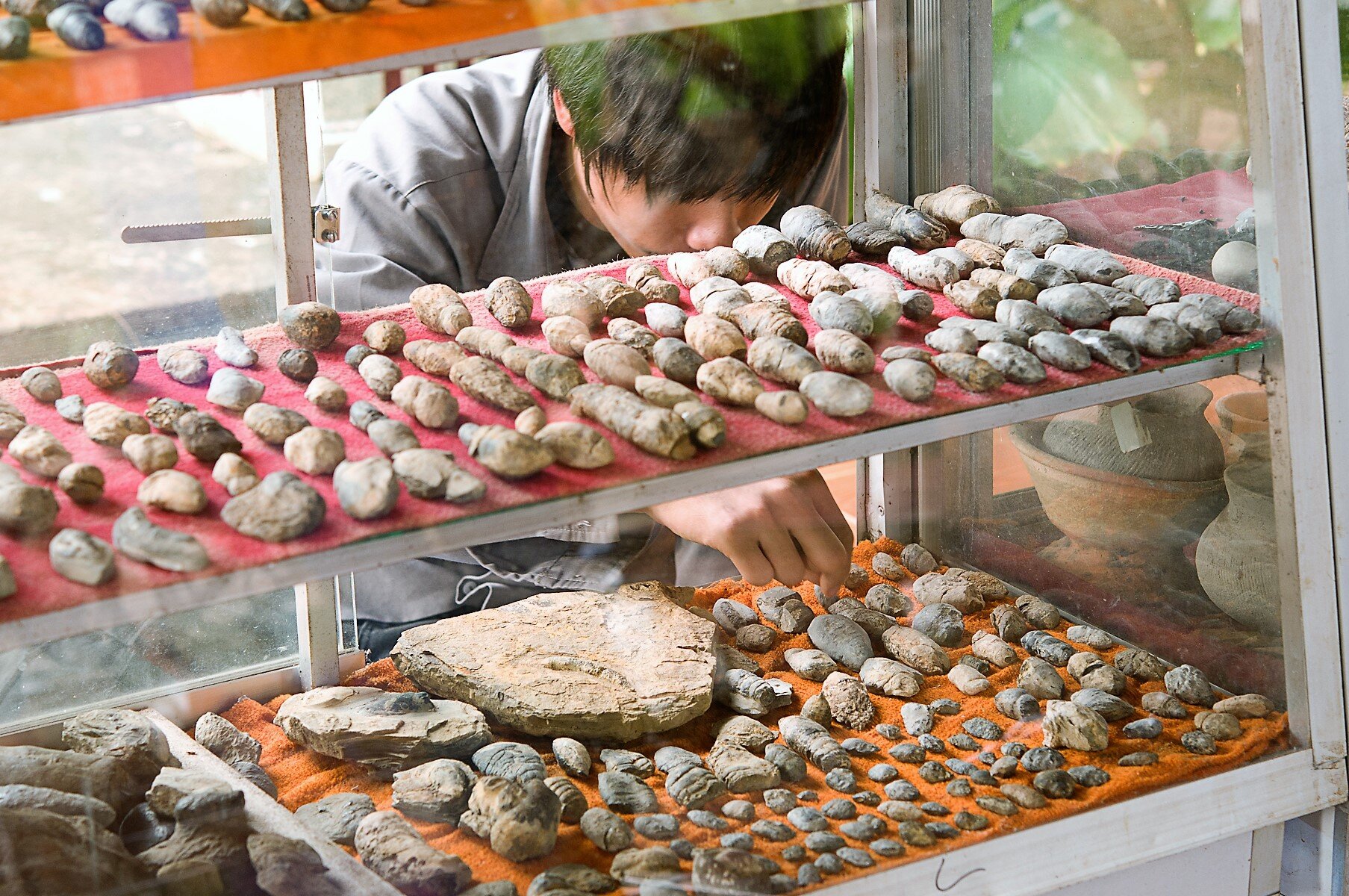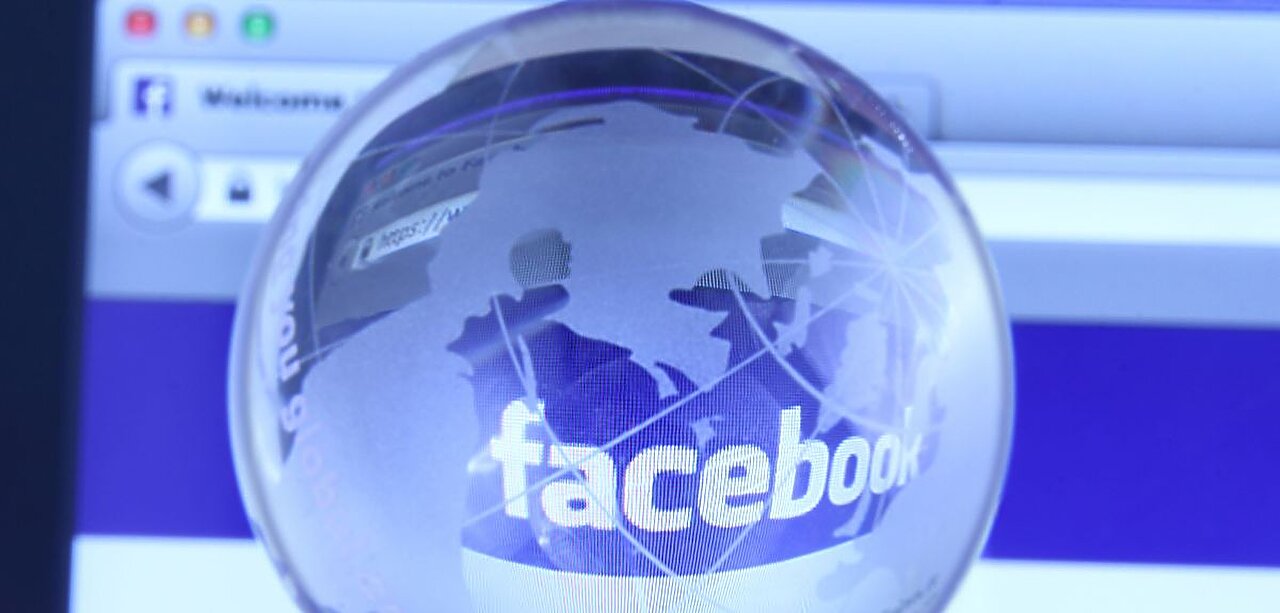Get ready for an exciting adventure as NASA’s Scientific Balloon Program takes flight! From the agency’s balloon launch facility in Fort Sumner, New Mexico, we will be launching eight scientific experiments into a near-space environment using our massive football-stadium-sized NASA balloon.
The 2023 fall balloon campaign window opens on August 10 and will showcase 24 payloads led by teams of brilliant scientists, engineers, and students.
“Our annual Fort Sumner campaign is always our most ambitious and packed with cutting-edge science developed by teams from the United States and around the world,” said Debbie Fairbrother, Scientific Balloon Program chief at NASA’s Wallops Flight Facility in Virginia.
One of the exciting missions planned is the Exoplanet Climate Infrared Telescope (EXCITE). This mission involves a suborbital astronomical telescope designed to study exoplanets similar to Jupiter that orbit other stars. After an engineering test flight this fall, we will embark on a long-duration super pressure balloon flight.
The EXCITE mission team is composed of members from prestigious institutions such as NASA’s Goddard Space Flight Center, Arizona State University, Brown University, Cornell University, University of Oxford, University of Rome, StarSpec Technologies, Inc., University of Toronto, and University College London.
But that’s not all! We have several other thrilling missions lined up for the fall campaign:
- Gamma-Ray Polarimeter Experiment (GRAPE): This instrument will measure the Crab nebula to demonstrate imaging and polarization of gamma-ray bursts.
- Jet Propulsion Laboratory (JPL) REMOTE: These instruments will address science issues in NASA’s Atmospheric Composition focus area and provide validation data for NASA satellites.
- Faint Intergalactic-medium Redshifted Emission Balloon (FIREBall-2): This mission features an ultraviolet multi-object spectrograph designed to detect faint emission from the circumgalactic medium of nearby galaxies.
- High-Altitude Student Platform (HASP): This platform helps train the next generation of aerospace scientists and engineers. On board, we have experiments including an Ozone detection system and an electron spectrometer telescope. We will also conduct a flight test of experimental hardware for larger future experiments.
- Testbed for High-Acuity Imaging and Stable Photometry and Image-Motion Compensation (THAI-SPICE): The goal of this project is to build and demonstrate a fine-pointing system for stratospheric payloads with balloon-borne telescopes.
- Thermalized Neutron Measurement Experiment (TinMan): This mission features a 60-pound payload designed to address concerns about thermal neutron effects on avionics.
In addition to these missions, we will have sixteen smaller payloads, known as piggyback missions, joining us on the launches. These missions provide valuable support for additional science and technology development. One of these missions, ComPair, is a Goddard instrument that will test new technologies for studying gamma rays.
Scientific balloons are a quick and cost-effective way for NASA and universities worldwide to test, track, and recover scientific experiments. The Zero Pressure Balloons we will be using in the upcoming fall campaign have open ducts that allow gas to escape, preventing an increase in pressure inside the balloon. As the balloon rises above Earth’s surface, the gas expands due to heating. However, these balloons have a shorter flight duration due to the loss of gas from the day-night cycle.
To stay updated on the missions in the 2023 Fort Sumner fall campaign, visit NASA’s Columbia Scientific Balloon Facility website for real-time updates on the altitude and GPS location of the balloons during flight.








